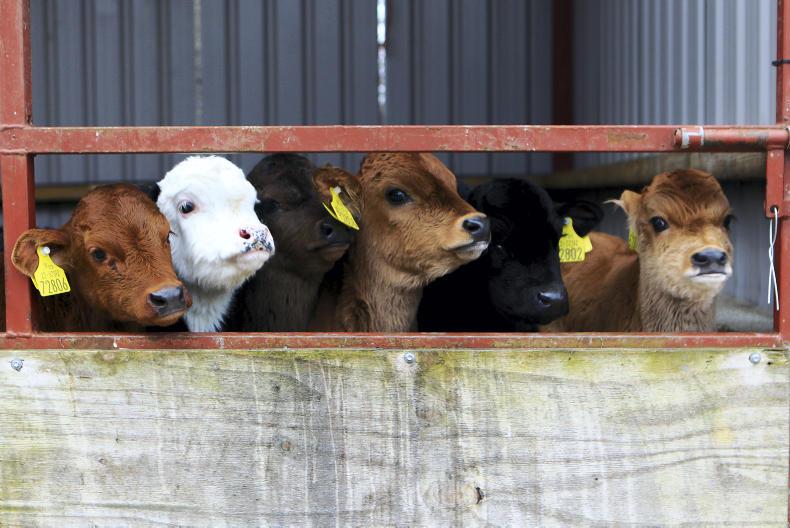This week we went from having a grass problem to having a grass and a grazing problem. The weather is a lot milder and growth rates have increased somewhat, but land in many parts is extremely wet and getting cows or machinery out onto fields is next to impossible. However looking ahead, next week is meant to be drier and warmer, so normal conditions should resume quickly enough. But issues remain – very low protein percentages and thin cows are a problem on many farms. Getting as much grass into these cows as possible is the best way to improve both situations. Low covers in the second rotation could cause stomach problems. Grazing covers of less than 1,000kg is risky. Some farmers will feed silage at milking times to increase fibre in the diet, if only for a few days until pre-grazing covers increase. But for the majority of farmers that still have 30% or more of their farm left to graze this shouldn’t be a worry. The problem for them is finding suitable fields to graze, particularly where silage is scarce or gone. Don’t let cows out to grass if they are full of silage. Ideally, cows should be locked away from silage for a few hours before going out to grass, otherwise they won’t have the appetite and extra damage will be done.
Heifers
Most maiden heifers are still in sheds when normally they would be out, adjusting back to grazing and about to thrive – ideal conditions for breeding. Even if they go out next week, it will take them a week or two before they will start to thrive. That’s just before the start of the breeding season, which is far from ideal.
Maiden heifers should be 60% of mature liveweight at breeding. So if mature cows in the herd weigh 600kg in June or July, then the maiden heifers should weigh 360kg at bulling. If mature cows weigh 500kg, then the heifers should be 300kg at bulling. Some adjustment of this is required if the heifers are bred differently to the mature cows in the herd. If heifers are to stay indoors, the most they will do is about 0.6kg/day, even if on 2kg of meal. Heifers that are out at grass for a few weeks would probably be doing over 1kg/day.
Best policy is to turn out heifers as soon as you can. If they can’t all go out straight away then leave out the lightest first. Increase meal feeding levels to 3kg/day for the ones still inside. It might be necessary to continue feeding meals when at grass if quality is poor. Getting as many of these in calf early is critically important, so do everything you can to get high submission rates and conception rates in heifers.
Break
Never before was a break away from the farm more important than this year. While most farmers can’t even think about leaving the farm at the moment because there is so much to do, the situation will change and in a few weeks’ time the workload will decrease.
However, this window is short as the breeding season is nearly upon us. Try and arrange for a relief milker to do a day or two before the breeding season starts and use the time off to relax between two busy periods.






 This is a subscriber-only article
This is a subscriber-only article










SHARING OPTIONS: